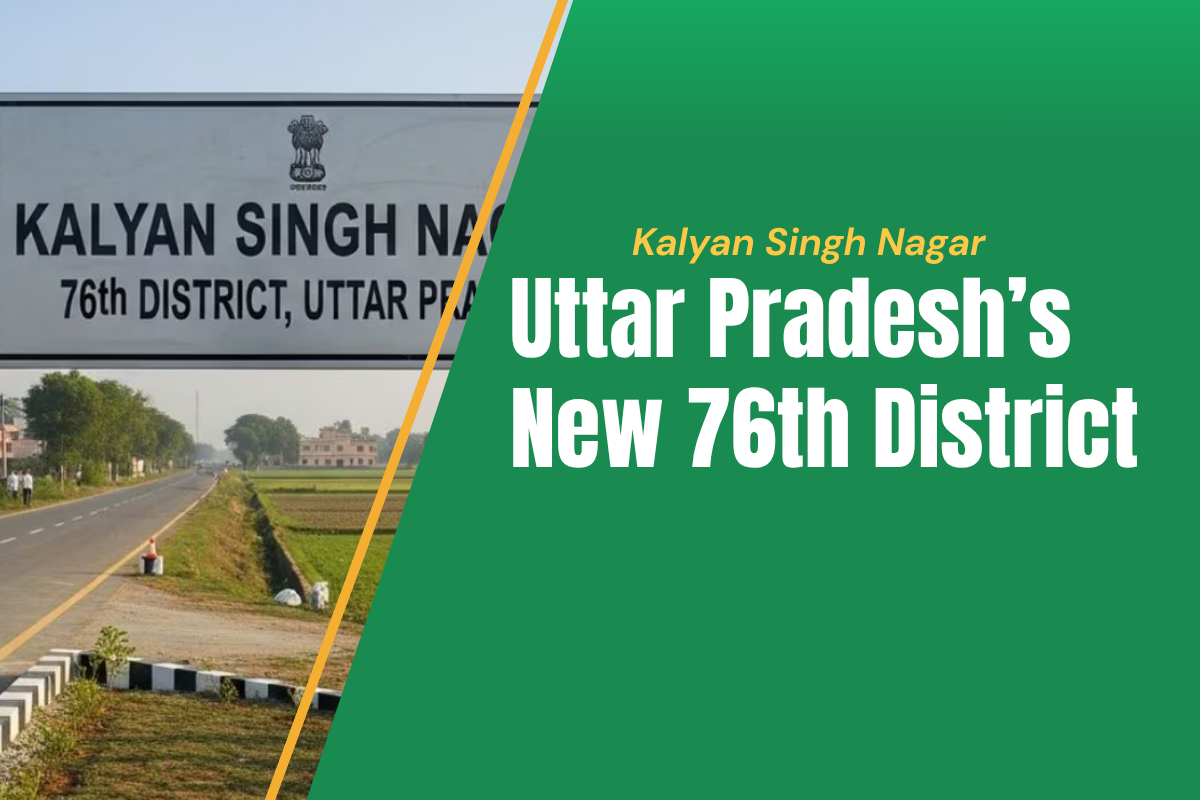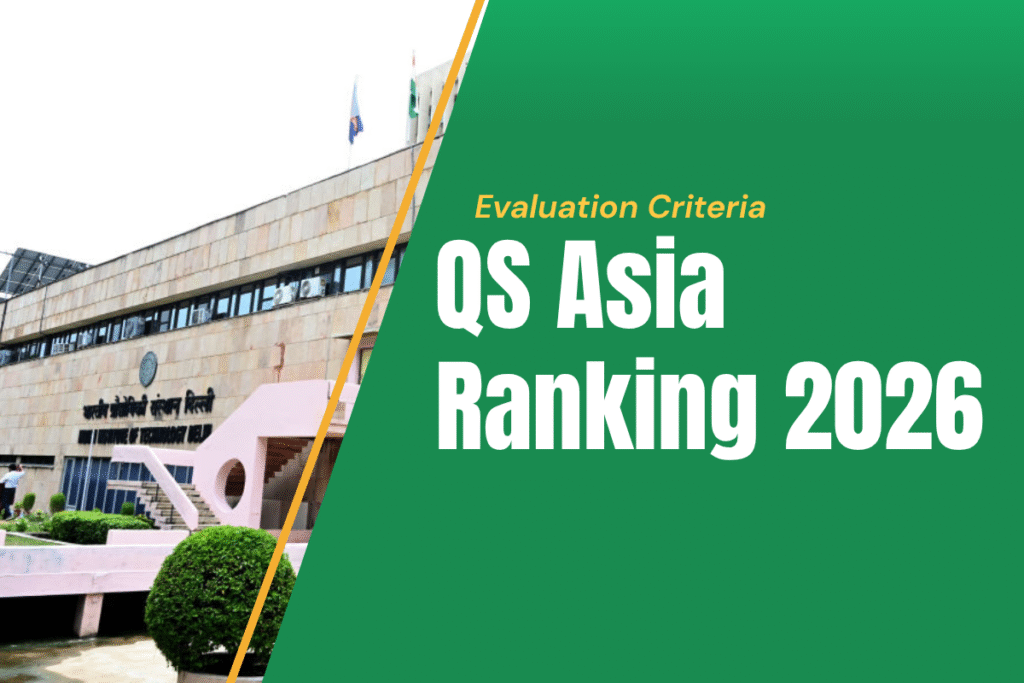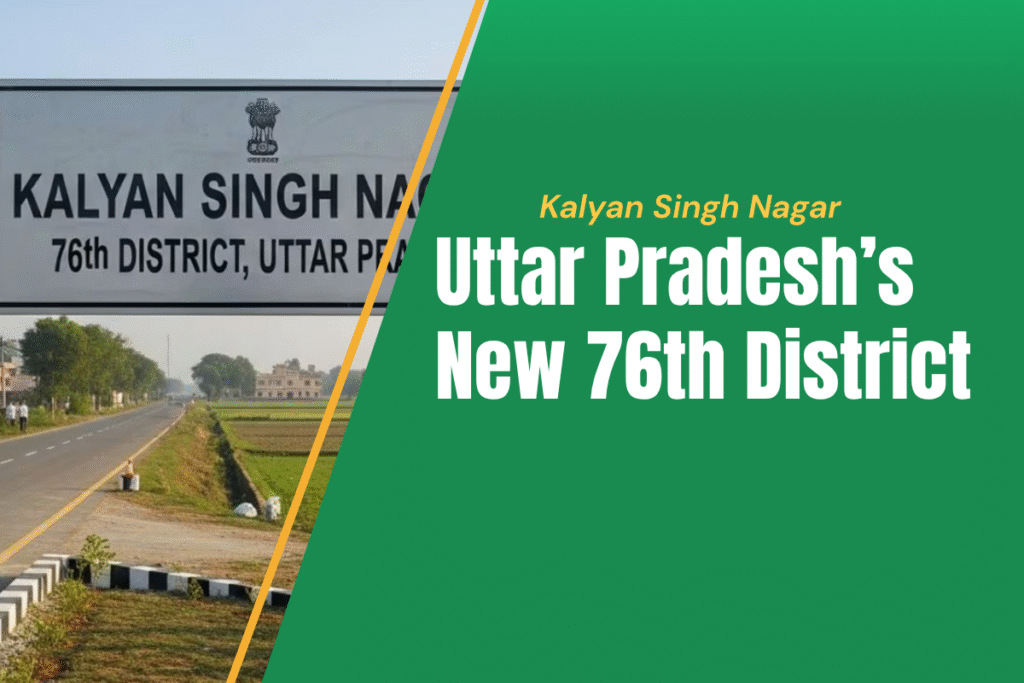
Kalyan Singh Nagar Becomes Uttar Pradesh’s 76th District – All You Need to Know
Uttar Pradesh Chief Minister Yogi Adityanath recently announced the formation of Kalyan Singh Nagar as the 76th district of the state, paying tribute to former CM and veteran leader Late Kalyan Singh.
This decision carries administrative, political, and sentimental value, and holds direct relevance for civil service aspirants preparing with CivilsTap’s Current Affairs updates.
Why Create a New District?
Smaller districts ensure stronger governance and faster delivery of services.
Key Reasons Behind the Move:
To honour Kalyan Singh’s legacy, who played a pivotal role in Uttar Pradesh’s political and developmental journey.
To improve administrative efficiency by dividing large regions of Aligarh and Bulandshahr.
To bring government services closer to citizens through decentralized administration.
To strengthen law enforcement, education, and infrastructure in the region.
For aspirants enrolled in CivilsTap’s Courses on Indian Polity and State Administration, this development is a great case study in decentralization and governance reforms.
Formation Details of Kalyan Singh Nagar
| Aspect | Details |
|---|---|
| District Name | Kalyan Singh Nagar |
| State | Uttar Pradesh |
| District Number | 76th |
| Carved Out From | Parts of Aligarh and Bulandshahr districts |
| Proposed Tehsils | Atrauli, Gangiri (from Aligarh), Dibai (from Bulandshahr) |
| Purpose | Administrative convenience & tribute to Late Kalyan Singh |
| Expected Benefits | Better public service delivery, local governance, infrastructure growth |
For a summarized note, you can download concise one-page briefs from CivilsTap’s Free Downloads.
How Are New Districts Formed in India?
The formation of a new district involves four major stages, which every civil service aspirant should remember for prelims and mains.
| Step | Process | Explanation |
|---|---|---|
| 1. Proposal Stage | Local demands, political resolutions | People’s representation and cabinet discussions |
| 2. Feasibility Study | Revenue, geography, population, infrastructure | Conducted by the state planning department |
| 3. Notification | Official gazette publication | Formal declaration of district creation |
| 4. Operational Setup | Posting officials, setting HQ, resource allocation | District Collector, SP, and key offices established |
To reinforce such topics, try solving daily questions on the CivilsTap Daily Quiz — especially in the Indian Polity and Current Affairs sections.
Significance for Exam Aspirants
This topic can appear in:
UPSC Prelims & State PCS under Indian Polity & Governance
Mains Paper-II as an example of administrative decentralization
Interview stage, where candidates may be asked about regional reorganization
To deepen your understanding, refer to detailed notes available in CivilsTap Study Material — particularly the Indian Administration and UP Current Affairs modules.
Quick Recap Table
| Topic | Details for Revision |
|---|---|
| District Name | Kalyan Singh Nagar |
| State Count (UP) | 76 Districts |
| Key Tehsils Involved | Atrauli, Gangiri, Dibai |
| Named After | Former CM Late Kalyan Singh |
| Purpose | Better governance & regional recognition |
| Exam Relevance | Current Affairs, Polity, Administrative Geography |
How CivilsTap Helps You Stay Ahead
When new districts, policies, or government initiatives are announced, CivilsTap ensures aspirants receive:
Comprehensive updates under the Current Affairs section.
Topic-wise explanations in Study Material.
Interactive quizzes via the Daily Quiz feature.
Structured guidance through specialized Courses designed by experts.
Exam-ready notes & charts available in Free Downloads.
All of these together help you stay exam-ready for any administrative or geography-related current affairs question.
Conclusion
The establishment of Kalyan Singh Nagar as Uttar Pradesh’s 76th district marks a major milestone in administrative restructuring. It reflects the government’s commitment to decentralization and citizen-centric governance while honoring a towering leader of the state.
For Civil Services aspirants, understanding this development through CivilsTap’s trusted study ecosystem—including courses, quizzes, materials, and daily updates—ensures you never miss key topics that matter in exams.
Latest Blogs
Ask your Query
Recent Posts
- Strategic Reasons For India To Become Global Solar Innovation
- A Quick Guide on PRIP Scheme Boosts Pharma R&D
- Why QS Asia Rankings 2026 Are Important for Universities
- Kalyan Singh Nagar Becomes Uttar Pradesh’s 76th District – All You Need to Know
- Horticulture in Himachal Pradesh: Opportunities and Challenges
Browse By Category
- Daily Current Affairs (4)
- EPFO (4)
- HP Allied (7)
- HPAS/HAS (18)
- IAS (20)
- Monthly Current Affairs (1)
- PCS (20)
- Uncategorized (1)
- UPSC (19)
- Weekly Current Affairs (2)
- Yearly Current Affairs (5)

Archives
- November 2025 (3)
- October 2025 (8)
- September 2025 (10)
- August 2025 (10)
- July 2025 (6)

 November 13, 2025
November 13, 2025






Leave Comment